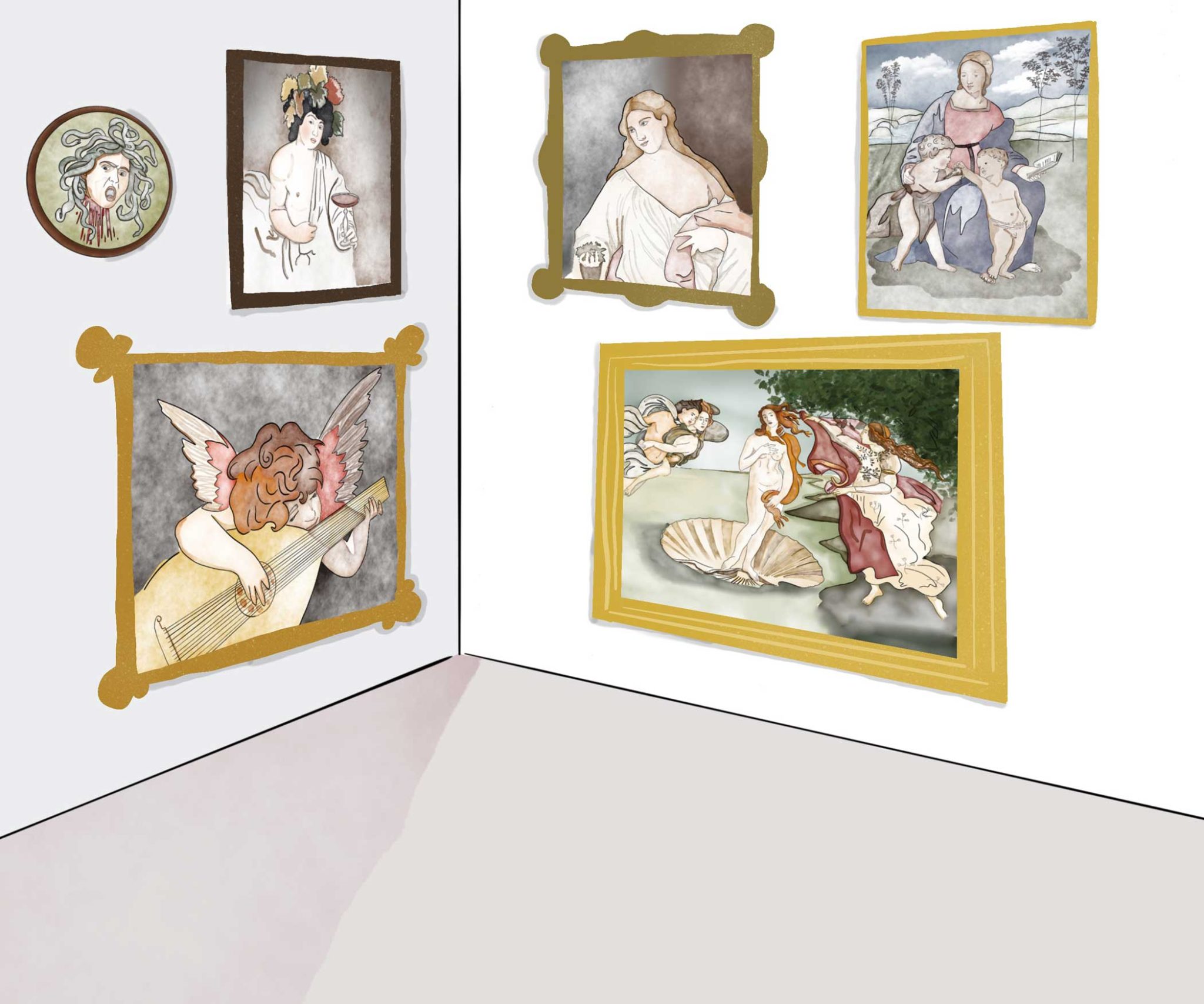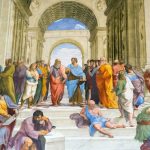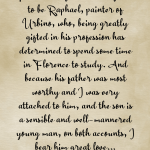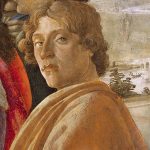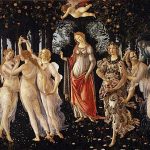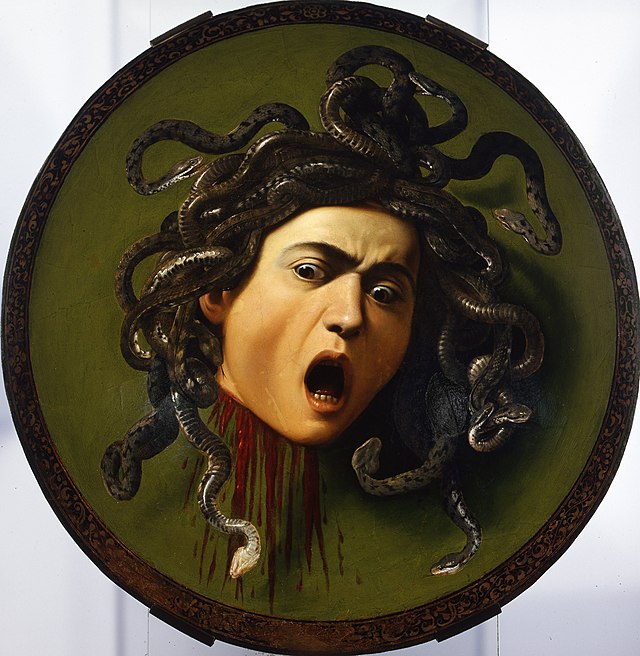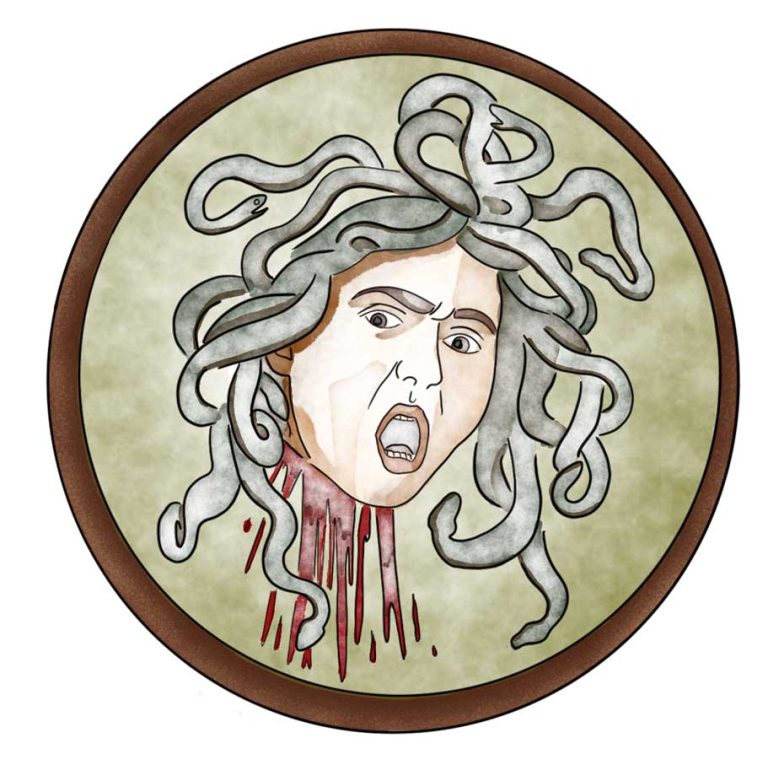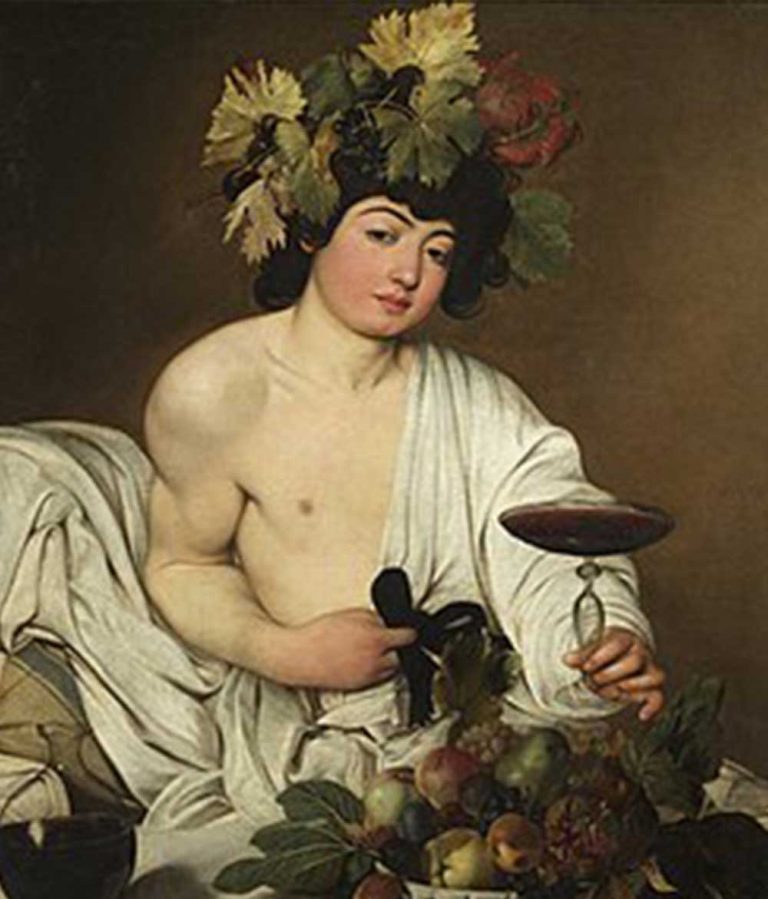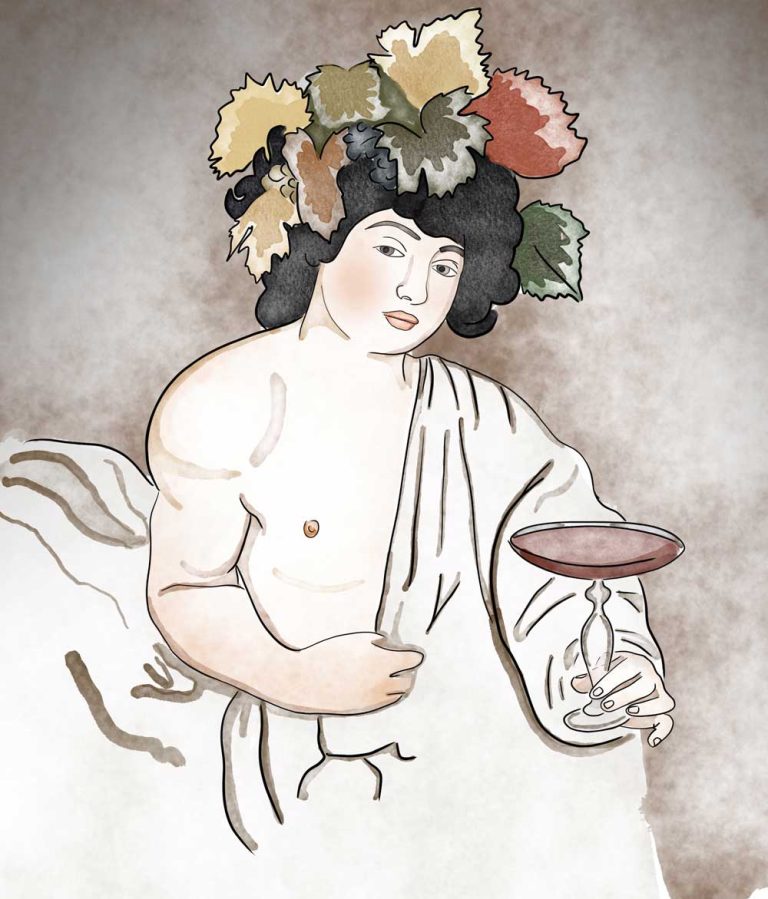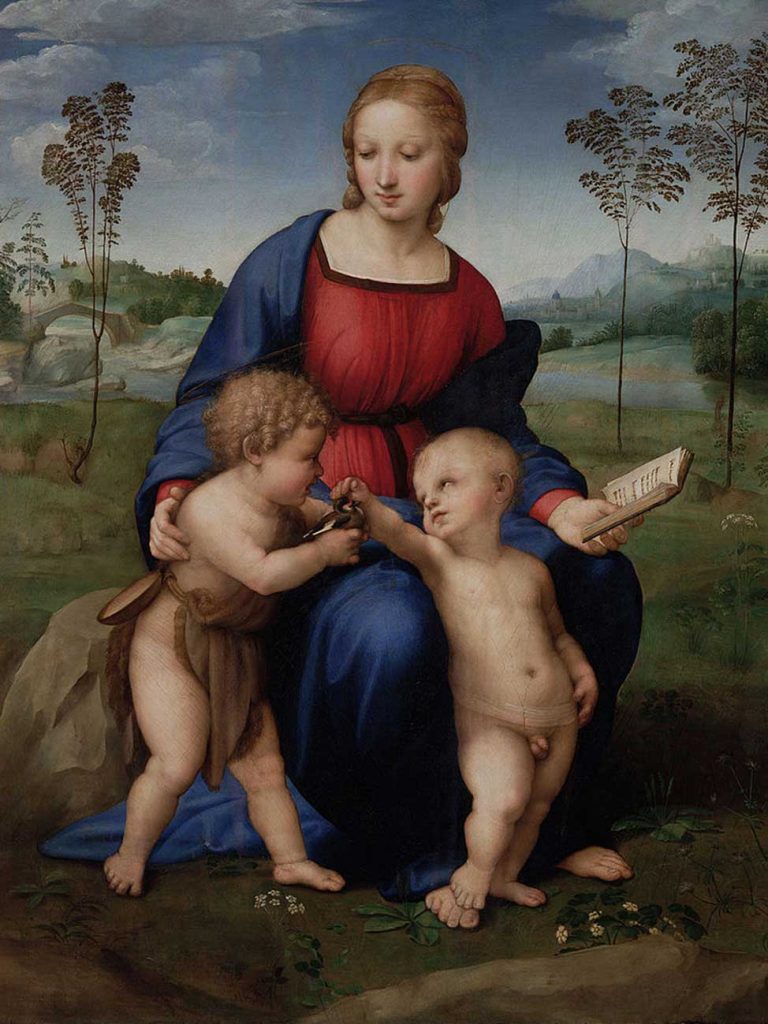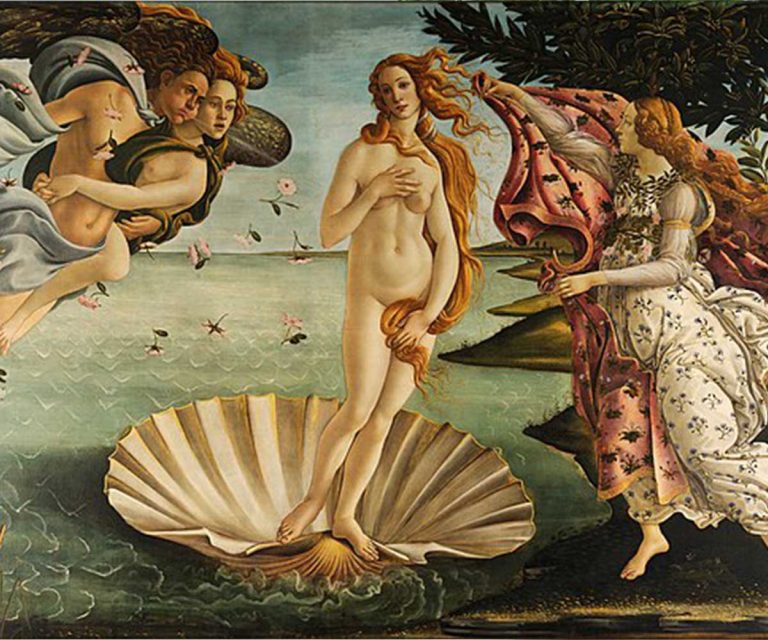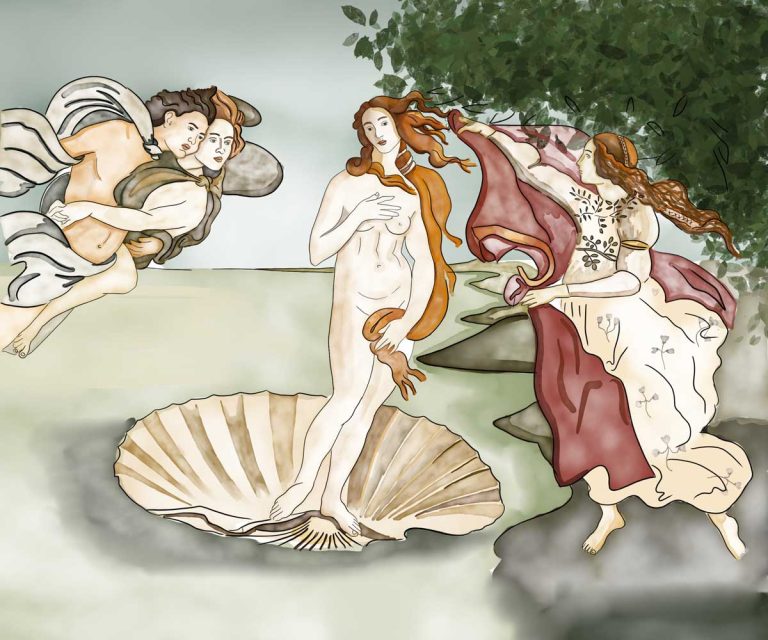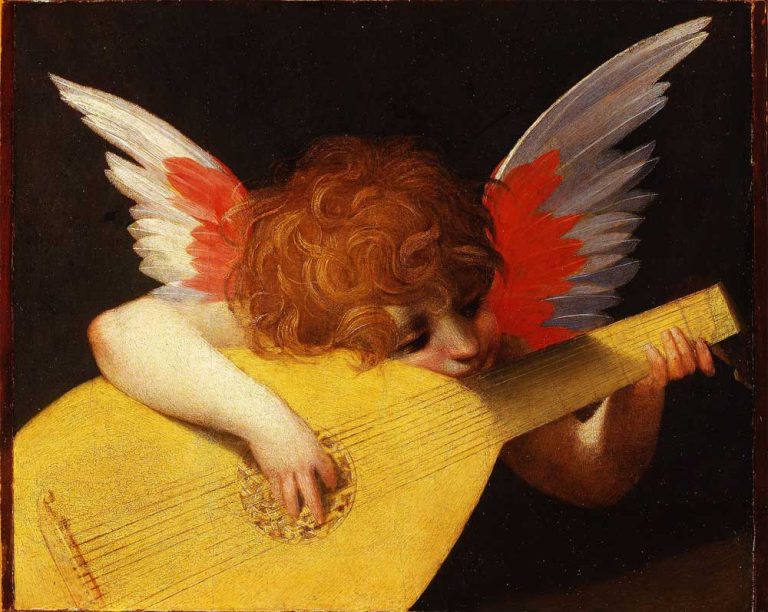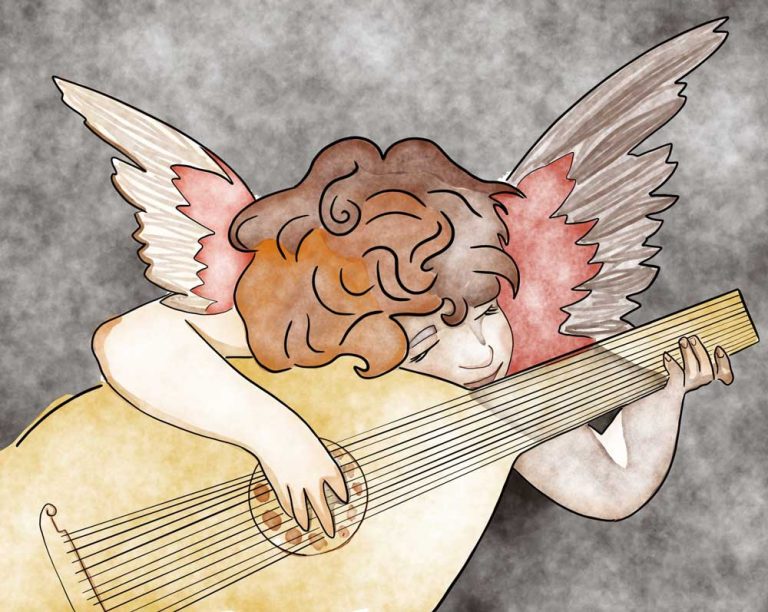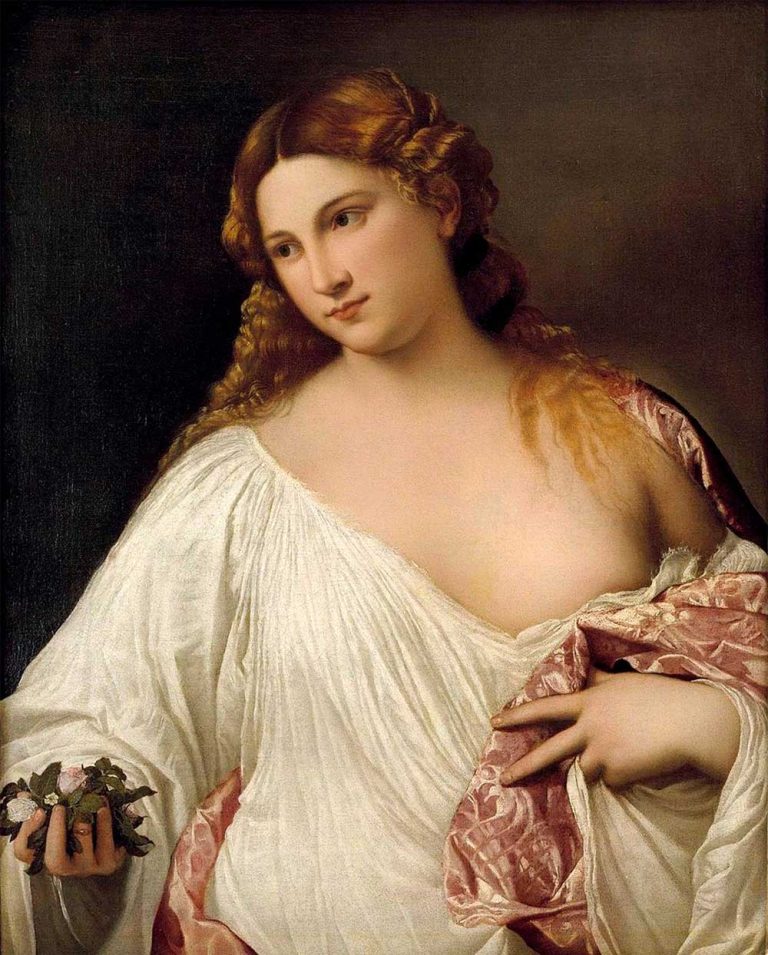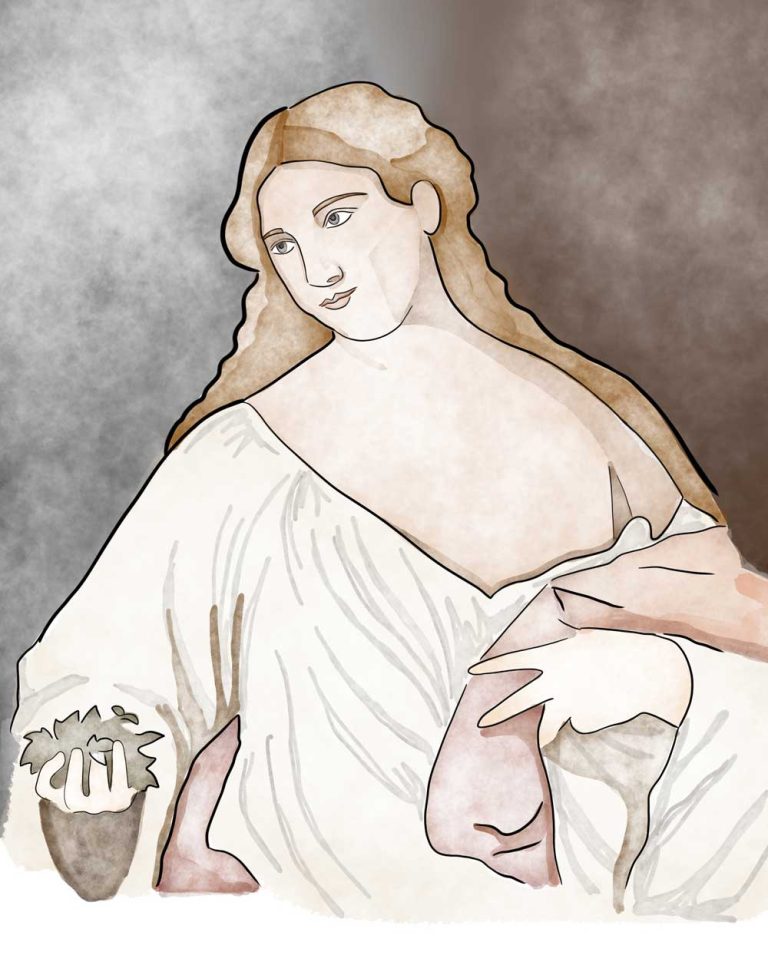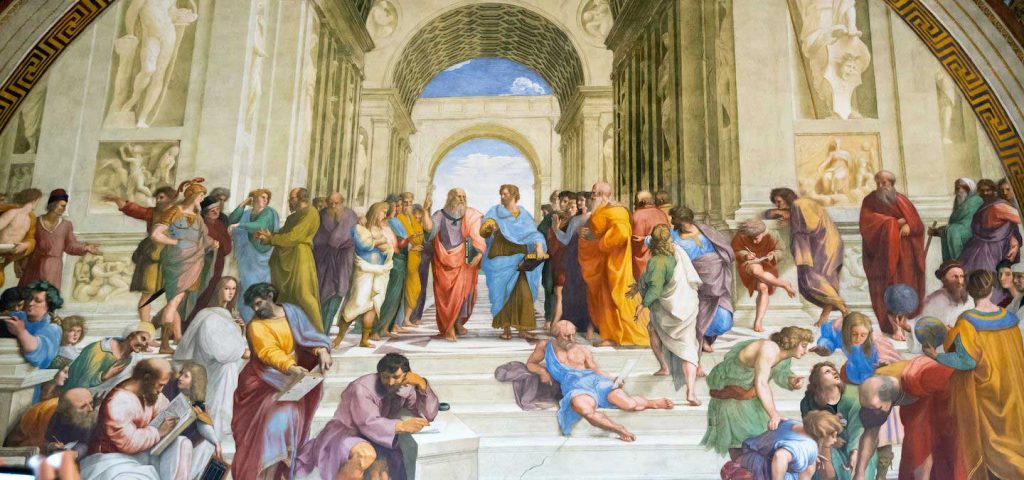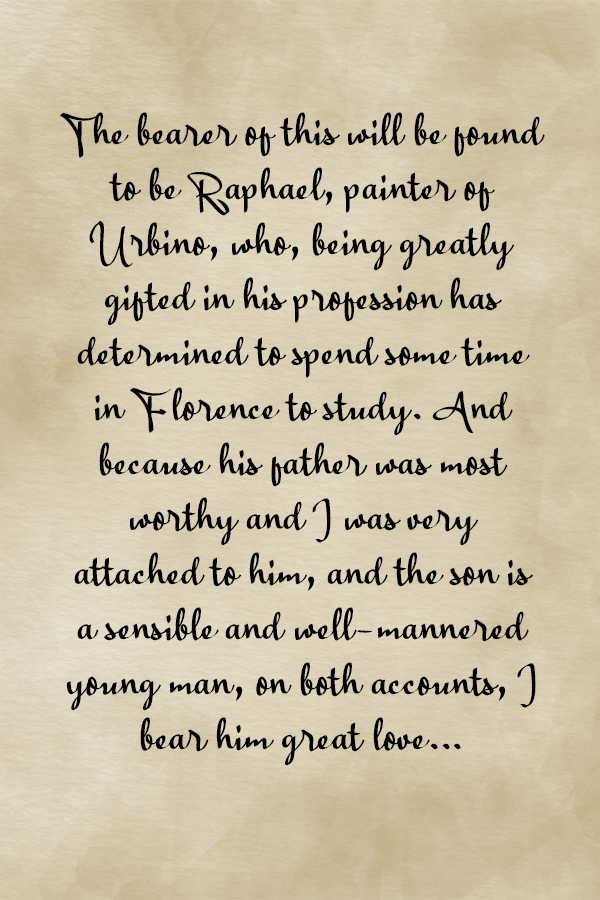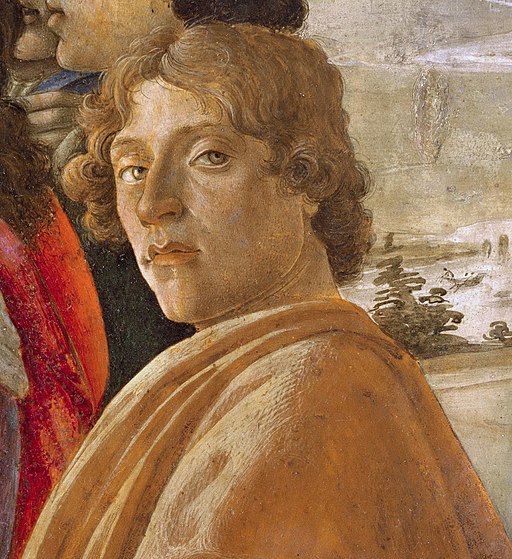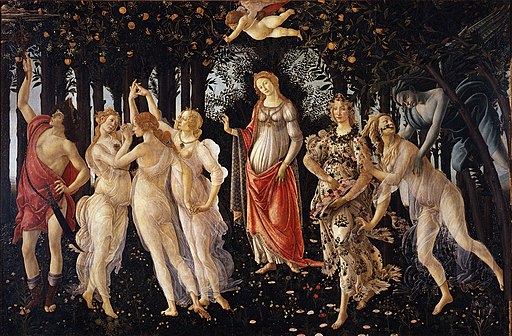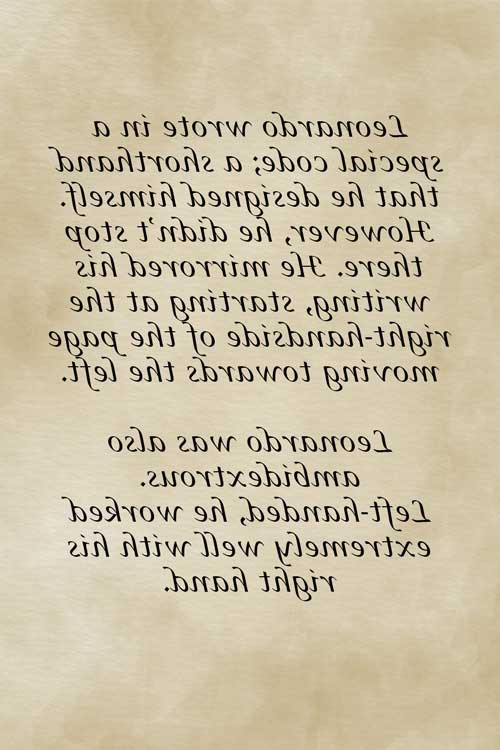Art of Florence
Florence is one of the best cities in the world for art enthusiasts. Known as the birthplace of the Renaissance, the galleries and museums of Florence are full of world-famous Renaissance masterpieces.
Gallery
Click the icons to zoom into each painting.
Famous Florentine Artists
Raphael
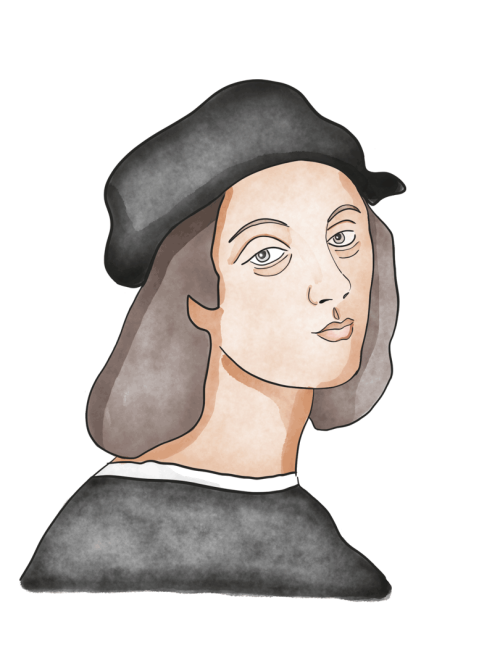
Click a title to open the accordion.
Raphael, or Raffaello Sanzio da Urbino, was an Italian painter and architect during the High Renaissance period. Despite his early death at age 37, Raphael ran an incredibly busy workshop and is considered one of the great masters of the High Renaissance period.
Born in Urbino in the Marche region. Raphael’s earliest work began in Florence learning the artistic traditions of the region.
Raphael is believed to have lived a predominantly nomadic lifestyle, but we know he spent the majority of his working life in Florence. His time in Florence is generally referred to as the “Florentine Period” from 1504-1508.
A letter of recommendation was sent by the mother of the next Duke of Urbino to the Gonfaloniere of Florence in advance of Raphael moving to the city, so loved was he already in his hometown.
It’s strongly believed that Raphael was greatly influenced by Leonardo Da Vinci when in Florence. Though he very much maintained his own style, his painting’s characters became more complex and diverse in their positioning. This was in-line with Leonardo’s own style.
Raphael’s most successful years were spent in Rome, where he worked for two popes. Many of these art pieces can be viewed in the Vatican Palace. Perhaps the most notable is The School of Athens.
Raphael was believed to have had several mistresses and it is alleged that his death was brought on by exhaustion tied to his many romances. Since then, scientists and historians have speculated about the sexually transmitted diseases that Raphael may have picked up. His body lies in the famous Pantheon building in Rome.
Artefacts
Botticelli
Click a title to open the accordion.
Alessandro di Mariano di Vanni Filipepi, or Sandro Botticelli, was an Italian painter of the Early Renaissance period. He produced a great deal of ecclesiastical work, such as the well-known Madonna and Child. However, two of his best know paintings are housed in the Uffizi Gallery in Florence; The Birth of Venus and Primavera.
Botticelli spent his entire life in Florence, except for short spells of work in Pisa and on the Sistine Chapel in Rome. Initially trained as a goldsmith, due to his father’s profession, Botticelli later apprenticed with Fra Filippo Lippi, one of Florence’s leading painters.
It was with Filippo that Botticelli is believed to have developed his style, painting beautiful and mystical settings with melancholy characters.
After Filippo’s death, Botticelli opened his own workshop and would later take on an apprentice, Filippo’s son, Filippino Lippo. The two painters collaborated on paintings and much of their work at this time is considered very difficult to distinguish from each other.
By the 1480s, Botticelli produced some of the world’s most famous art pieces; The Birth of Venus and Primavera. Works such as these were previously unseen in the world, all with a focus on the female, sensuality, and idealism.
Botticelli painted several altarpieces and in the 1480s his workshop produced several paintings depicting the Madonna.
Botticelli is also known for painting several portraits, which he often imbued upon similarities with Venus in Venus and Mars. Botticelli would change his sitter’s features slightly, creating a look that can be seen throughout nearly all of his work’ a soft melancholic expression, yet with a strong element of calm.
The lead-up to Botticelli’s death is fraught with uncertainties. According to Vasari, another Italian painter at the time, Botticelli became a follower of a deeply moralistic friar who would be executed in 1498. Some maintain that after his death, Botticelli became a keen follower, he stopped painting, and destroyed some of his secular paintings. In contrast, modern historians believe that Botticelli still painted, but he was less in demand than he once had been.
According to Vasari, Botticelli died at the age of seventy-eight, “ill and decrepit” he was buried in the Ognissanti Church, a spot that has since been built over.
Botticelli never married and apparently held a great disdain for the institution. There has been much speculation that he may have been gay, but that has never been confirmed.
Artefacts
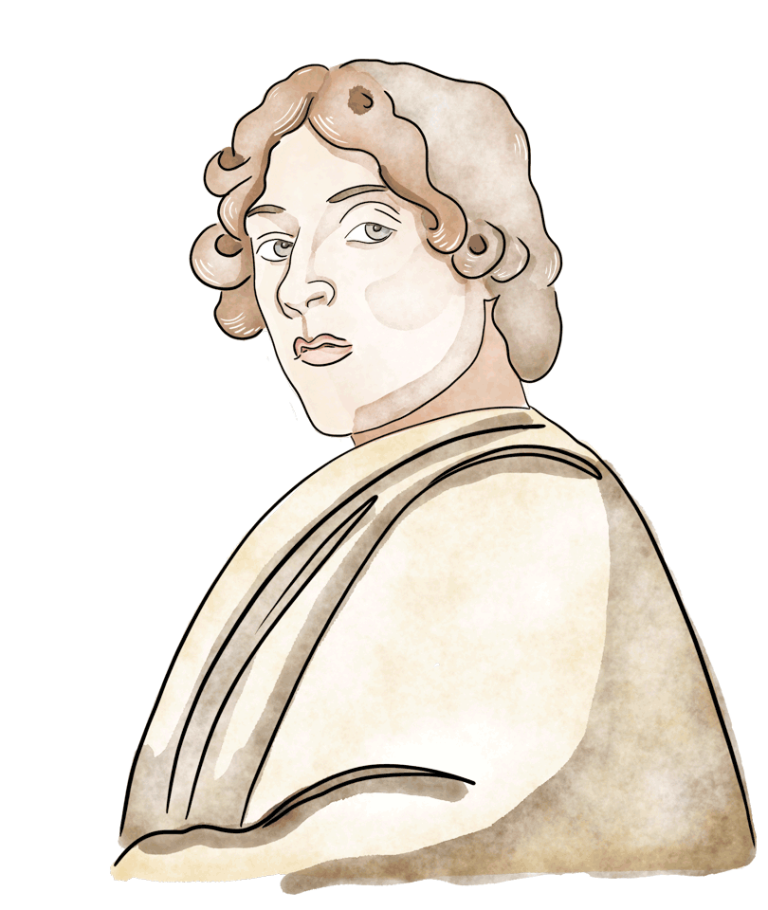
Leonardo da Vinci
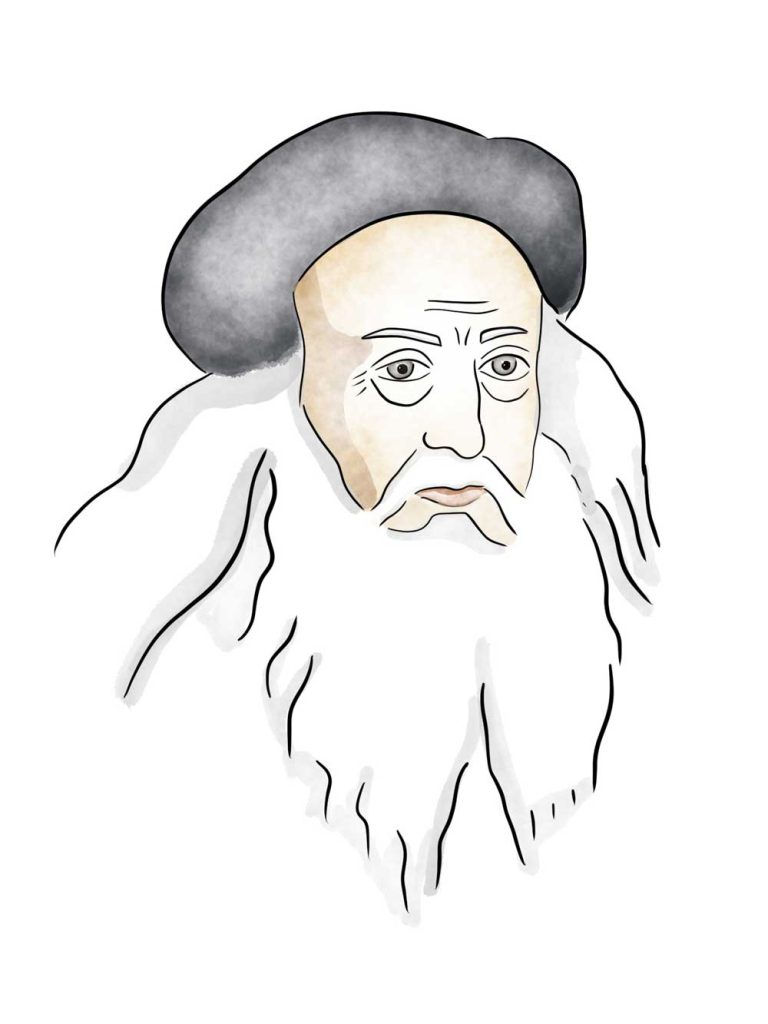
Click a title to open the accordion.
Leonardo da Vinci was a truly remarkable and unusual man, present and working in the High Renaissance period. He was what is referred to as a polymath, a person whose skills and knowledge span several subjects. During his life, Leonardo worked as a successful painter, draughtsman, engineer, scientist, theorist, sculptor, and architect. He also kept notebooks on anatomy, astronomy, botany, cartography, painting, and paleontology.
Leonardo was born out of wed-lock in Vinci, just 20 miles from Florence. At 14, he began his studies under the accomplished painter, Andrea del Verrochio. As a young painter he was exposed to a range of technical skills; drafting, chemistry, metallurgy, metal working, plaster casting, leather working, mechanics, and woodwork.
Leonardo is often credited as the founder of the High Renaissance, who created some of the most famous paintings of the Western world. Much of his work is believed to have been lost and subject to several imitations.
By 20, Leonardo qualified in the Guild of Saint Luke. His father set him up in his own workshop, but Leonardo continued to collaborate with Verrocchio. According to Giorgio Vasari, Leonardo was the first to suggest the idea of a connecting channel between the cities of Pisa and Florence.
Some of his most famous works are The Last Supper, and the Mona Lisa, which is housed in the Louvre Museum in Paris, but was painted by Leonardo in Florence.
Leonardo kept several notebooks where he wrote and drew about observational science. He was one of the first artists to use explosive diagrams to reveal the inner mechanisms of his inventions, which are commonly used today.
Leonardo dissected bodies at the Hospital of Santa Maria Nuova in Florence and drew detailed drawings and notes of what he discovered.
Leonardo also designed several machines and devices such as; flying machines, catapults, mechanical devices to aid in construction, instruments, pumps, and much more.
Though he kept several journals, Leonardo rarely wrote about himself. Vasari writes that he was a man of great physical beauty and grace. He loved animals, ate a vegetarian diet, and had a habit of buying caged birds just to release them.
After being invited to France, by his close friend, Francis I, Leonardo is believed to have died of a stroke at Clos Lucé, aged 67.
